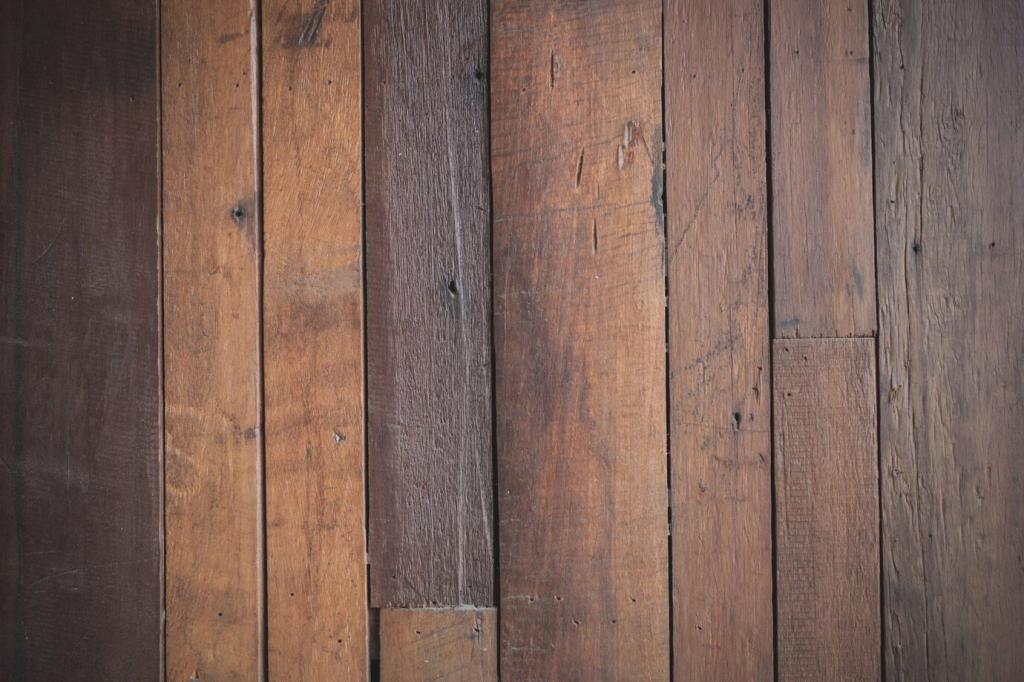Wildlife Welcome: Pollinators, Birds, and the Life Between
Sequence blooms from early spring to late fall, mixing shapes and colors to suit diverse species. When we added spring ephemerals beneath shrubs, early bees arrived weeks sooner, lingering as summer perennials took over seamlessly.
Wildlife Welcome: Pollinators, Birds, and the Life Between
Leave some stems over winter, add shallow water dishes with stones, and create brush piles out of sight. A small puddling station brought butterflies daily, and ladybeetles exploded after we stopped tidying every fallen leaf.





